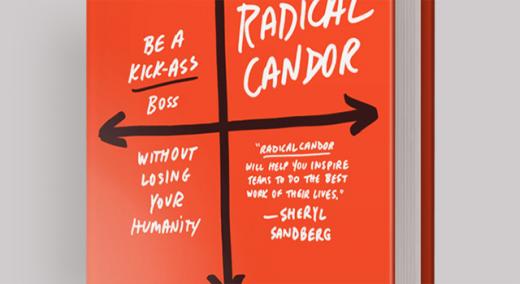During this time of teams being physically apart, it is easy for leaders to avoid difficult conversations. Empathy and compassion from leaders matters at this time, but you will not be serving your team if you use this as an excuse to avoid all criticism or challenging feedback.
|
ADVERTISEMENT |
I am hearing from a number of my clients who value some help on having more challenging conversations. For that reason, I am pleased to share another book recommendation. This review covers a book that I have found provides a very useful model.
In her very popular book, Radical Candor (St. Martin's Press, revised edition, 2019), Kim Scott shares a model developed during her own experience working at Google and Apple, as well as coaching CEOs in a number of successful start-ups.
…

Add new comment